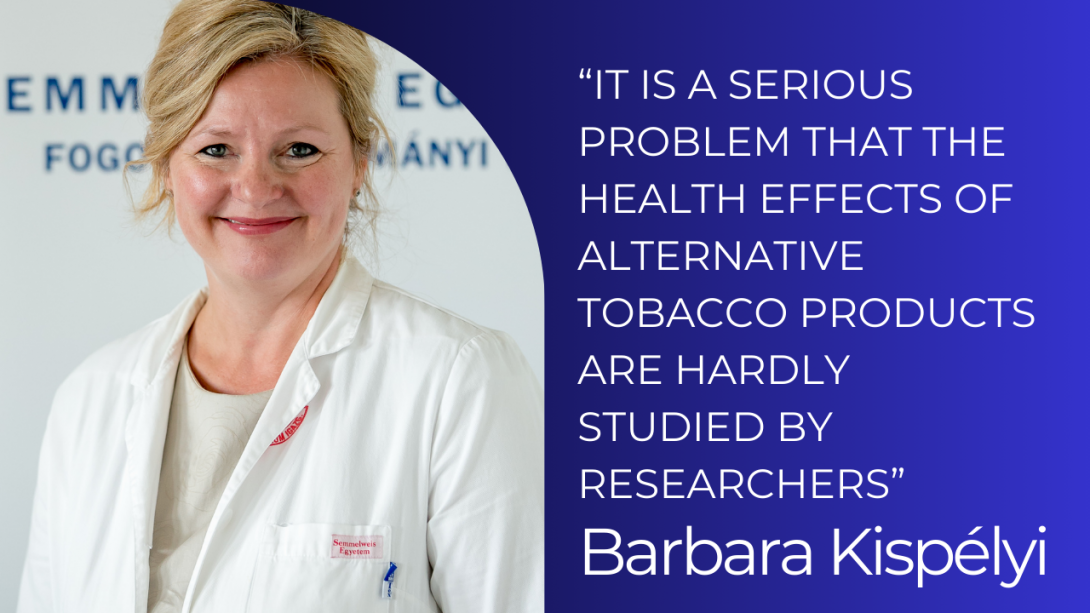
One of her Ph.D. students is investigating the effects of tobacco products on oral tissues, while another is comparing the accuracy of additive versus conventional cast-fabrication in implant prosthodontics, and the accuracy of conventional versus different digital implant impression techniques. In April, Dr. Barbara Kispelyi was named the Supervisor of the Month (Year 2-3).
Barbara Kispelyi is a vice director at the Clinic for Prosthodontics at Semmelweis University, who has herself researched the topics chosen by her students. “I have started studying tobacco products with two of my former Ph.D. students. One of them carried out an epidemiological study to assess what is typical of consumers of these products in Hungary. My other student conducted a study on the changes in the oral mucosa circulation caused by the usage of tobacco products. I have previously studied the usage of 3D printers in dentistry, as a method that can also be used to make implant retained restorations, so I am also familiar with that topic.”
Dr. Kispelyi currently has two second-year Ph.D. students at CTM, one of them is Orsolya Vámos, and the other is Boldizsár Vánkos. “Dr. Vámos has already published two first-authored scientific papers on the health effects of tobacco products, especially on oral health. In these studies, we examined all types of tobacco products, including traditional cigarettes, heated tobacco products, and electronic cigarettes. Our results show that although heated tobacco products and electronic cigarettes are less harmful than traditional cigarettes, they still have adverse health effects. We are currently conducting a randomized clinical trial with patients to get a better understanding on this question.” It is difficult to assess the effects of tobacco products, as their regulation varies even within the EU. A particular problem with electronic cigarettes is that they are assembled by the consumer, so the cartridges do not contain the same liquids. Another difficulty is that while there is significant literature on the health effects of traditional cigarettes, going back several decades, the effects of alternative tobacco products have hardly been studied by researchers. However, this would be very important because it would spread awareness of the harmful effects of these tobacco products and would help prevention and cessation.
Boldizsár Vánkos, the other Ph.D. student of dr. Kispelyi is about to complete his first article about the accuracy of digital technology in implant prosthodontics. He is comparing the accuracy of additive versus conventional cast-fabrication in implant prosthodontics, and the accuracy of conventional versus different digital implant impression techniques. Dr. Vánkos' conclusion is that additively manufactured implant models are as accurate as conventional gypsum casts. Therefore, clinicians should decide on their usage based on specific needs and preferences.
(Emese Szabó)